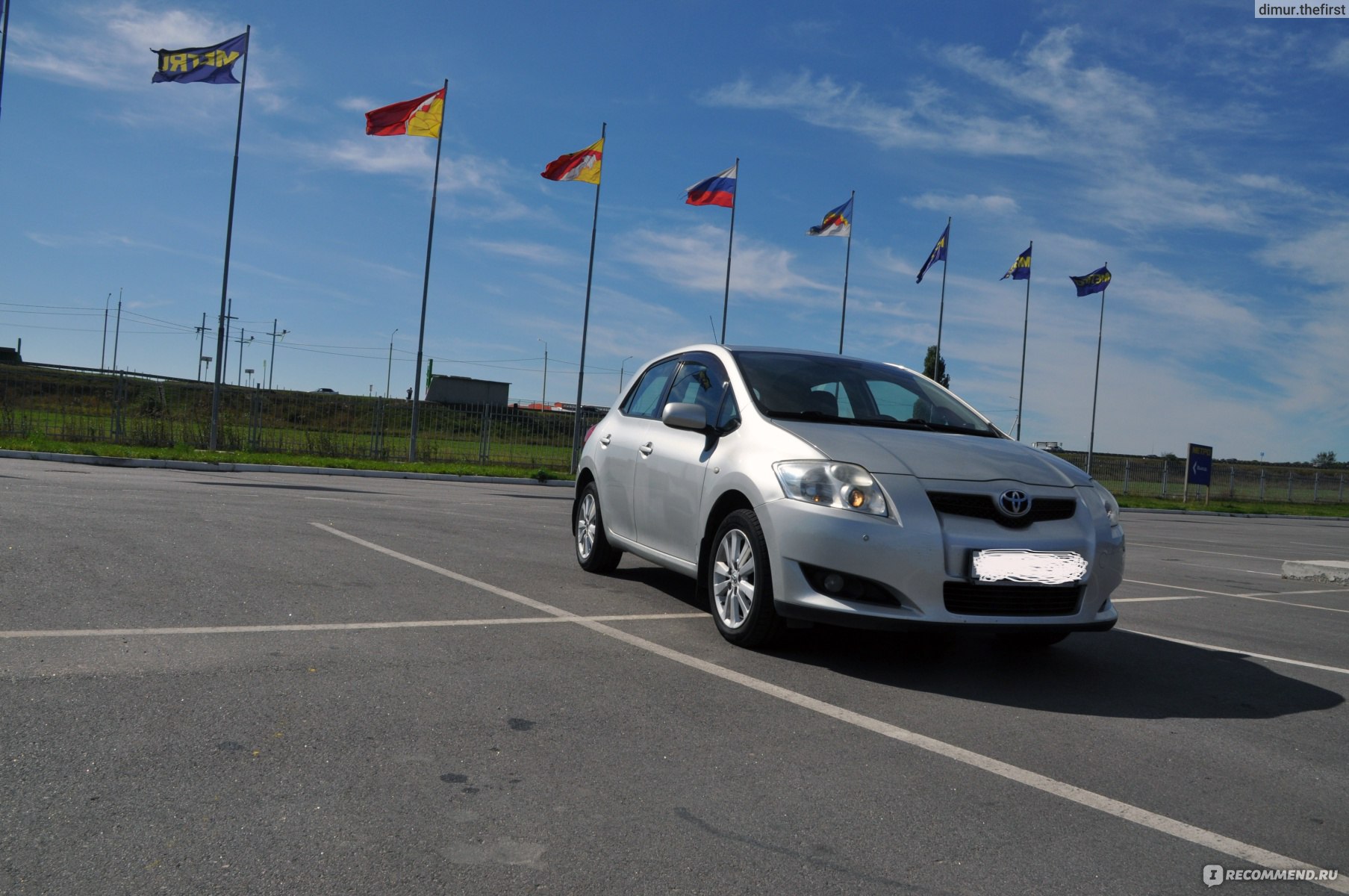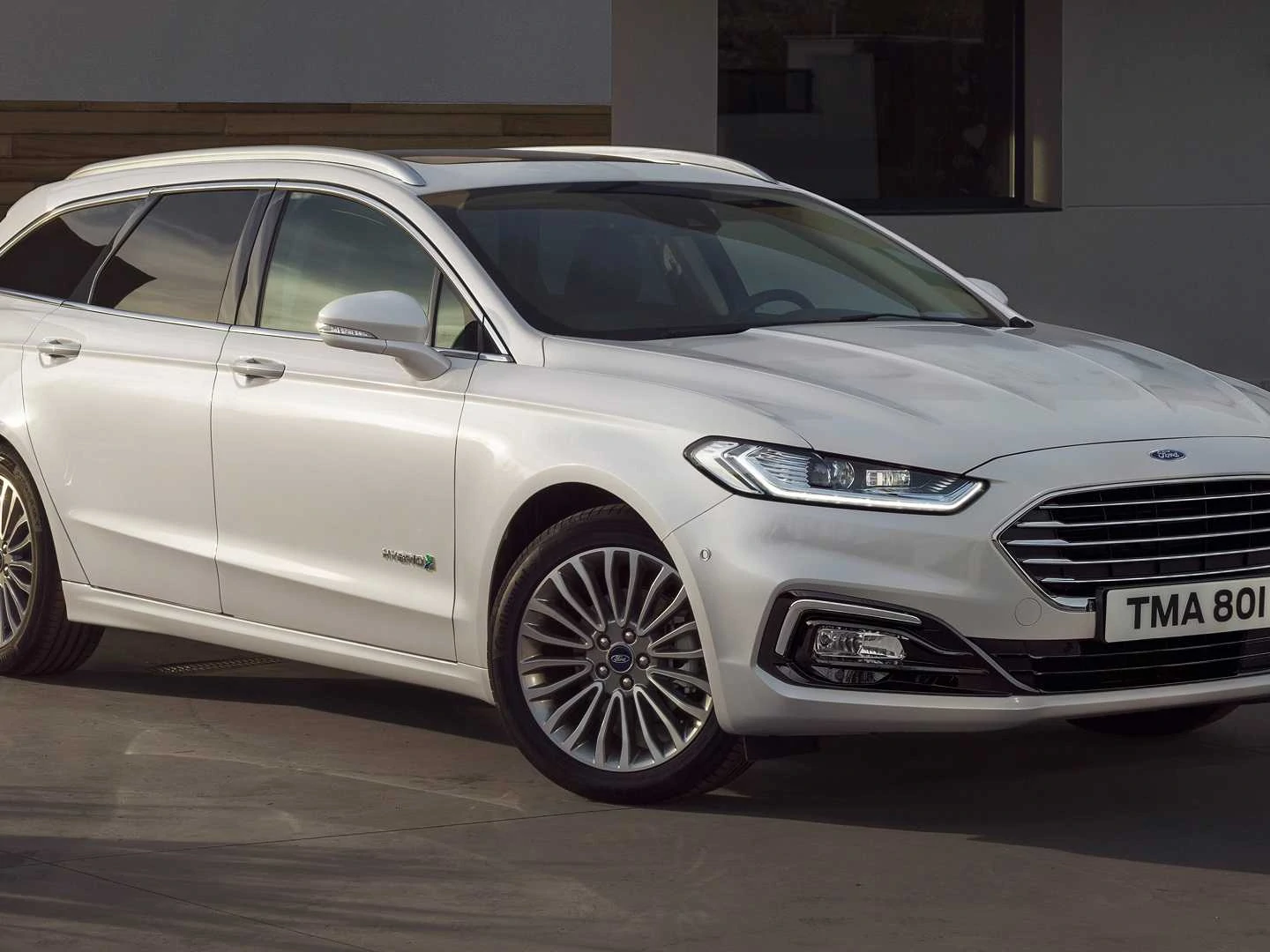
Toyota Auris FL - Fleet Incentive
Statistics show that the popularity of Toyota Auris is not waning, but the manufacturer decided to increase sales a little more by carrying out a facelift. At the presentation in Brussels, we checked what has changed.
Toyota Auris is a strong player in the C segment. In 2013 and 2014 it was third in the new car registration ranking in Poland, just behind Skoda Octavia and Opel Astra. However, if we omit fleet purchases from this list, the compact from Japan comes out on top. In 2013, it overtook the Octavia by 28 cars, and in 2014 the Volkswagen Golf by about 99 units. A satisfactory level of sales is not everything. Toyota is also seeing a rise in interest in the Auris Hybrid. We add that this interest translates into real deals, because more than 50% of the Auris that entered the markets of Western Europe were hybrids. All this prompted the manufacturer to update the model and increase interest in its compact.
What has changed?
First of all, the front apron. It is this element that makes up the image of the product, and it is this image that is rebuilt. As we can all see, there are new LED lights that now descend into a narrower grille strip. He is more aggressive. In addition, we have new bumpers front and rear. If before the design of Auris did not relate to sports solutions, now it has changed a bit. Bumpers expand the body of the car, which has a particularly positive effect on the appearance of the rear.
The interior is also new. At first glance, you can see a new dashboard design that could be firmly built into the pre-facelift version, but most of the features have been better organized. Some physical buttons have been replaced with tactile ones, aviation-style switches have been added under the air conditioner, and seat heating switches have been given a new look and moved closer to the console.
What can we find under the hood? Also a few new features, including a brand new 1.2T engine. This unit has been in development for almost 10 years. Why so long? The official position is that Toyota did not want to allow itself anything that could undermine its reputation for uptime. The new turbocharged engine is designed for more mileage than the competition. The 1.2T engine cycle transitions from an Otto cycle to an Atkinson cycle. In practice, this means that the intake valves open instantly in the compression phase, i.e. when the piston moves up. The immediate effect of this solution is to reduce fuel consumption. Was here? In our short test it was 9.4 l/100 km. A lot, but only more accurate measurements in the editorial office will tell you more about the economy of driving. More interesting elements of the new design include a liquid-cooled turbocharger, intelligent valve timing and a smooth Start/Stop system that shuts off the engine exactly halfway through the exhaust stroke, making restarts smoother. Before moving on to specific values, I will add that the cylinders work in groups - the first and fourth together, the second and third in the second group.
The maximum torque of the 1.2T is 185 Nm and is fairly stable between 1500 and 4000 rpm. The rising edge of the graph is very steep, while the falling edge is flatter. This balanced performance provides really good flexibility. The maximum power is 116 hp, the maximum speed is 200 km / h, and the time during which it accelerates to “hundreds” is 10,1 seconds.
Promoting the refreshed Auris, the manufacturer often refers to new security systems. Traffic Sign Assist, Lane Departure Warning, Auto High Beam, Collision Warning. Road Sign Assist stands for a sign-reading system that might work well, but it seems to lack navigation integration. There are times when there was a different limitation on the on-board computer and a different one on the navigation screen. Lane-Departure Alert is a passive lane departure warning system. It does not make any movements with the steering wheel, but simply signals an unintended maneuver. The Pre-Collision System allows you to stop in front of an obstacle that the driver did not notice, or significantly reduce the speed in front of it. We tested this solution on the Toyota test track. At a speed of 30 km/h and no more, the system effectively stopped in front of the car model. The condition for the system to work is the complete absence of a reaction from the driver, because an attempt to press the gas or brake will be perceived as saving the situation on its own. One more condition - we must have a car in front of us - the “PKS” does not recognize the person yet.
For the fleet and not only
Toyota rethought fleet customer purchasing and decided to entice companies to sign contracts. First of all, this was due to the adaptation of the model range to the needs of enterprises. Employees' vehicles do not have to be equipped with the highest version, but they must be safe, economical, and able to withstand high mileage. You can get a security package for an additional PLN 2500 for the cheapest hardware version.
The price range is quite wide. The cheapest option on offer will be the Life variant with a 1.33 engine for PLN 59. The price list ends with the 900 Hybrid and 1.8d-1.6d versions, which cost PLN 4 as Touring Sports. Most intermediate versions fluctuate in the range of 102-400 thousand zlotys, and 63 thousand zlotys are added for the station wagon. If you are interested in a new 85T engine, you need at least PLN 4 for it. This price applies to the 1.2-door Premium version, which is the most balanced offer.
When will we take a closer look at the Auris after the facelift? Perhaps faster than you think.
